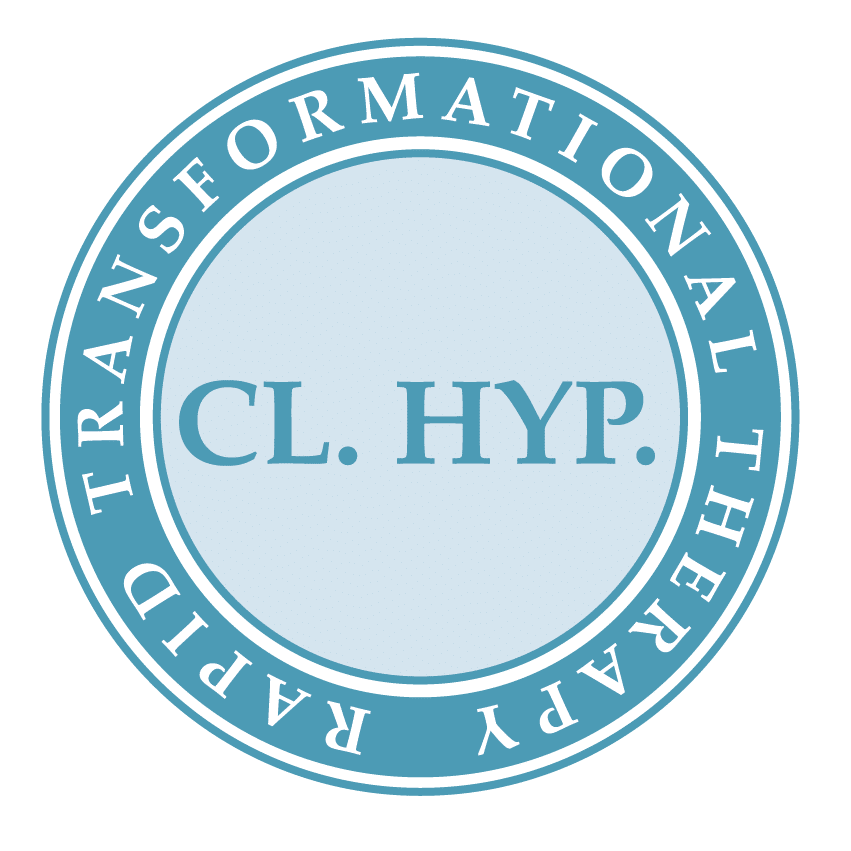What is NARM
What is the NeuroAffective Relational Model?
The NeuroAffective Relational Model (NARM) is an advanced therapeutic approach specifically designed to address complex trauma. Developed by Dr. Laurence Heller, NARM integrates insights from developmental, attachment, and somatic psychology to help individuals heal from the deep impacts of relational and developmental trauma.
Unlike traditional trauma models that focus primarily on processing past events, NARM works in the present moment, focusing on the relationship patterns and emotional states that shape a person’s life and identity. This model recognizes that while past experiences shape us, the healing process is greatly enhanced by paying attention to what is happening in the “here and now” in our emotions, bodies, and relationships.
Key Principles of NARM
NARM is grounded in five core needs that shape our experience of self and our relationships with others: connection, attunement, trust, autonomy, and love-sexuality. When these needs are unmet in early life, individuals often develop survival patterns that can manifest as trauma symptoms or relational challenges in adulthood. NARM therapy focuses on exploring these unmet needs and understanding the adaptations made to cope with them, aiming to release shame, self-criticism, and inner conflicts that may have formed over time.
The NeuroAffective Relational Model (NARM) is an advanced therapeutic approach specifically designed to address complex trauma. Developed by Dr. Laurence Heller, NARM integrates insights from developmental, attachment, and somatic psychology to help individuals heal from the deep impacts of relational and developmental trauma.
Unlike traditional trauma models that focus primarily on processing past events, NARM works in the present moment, focusing on the relationship patterns and emotional states that shape a person’s life and identity. This model recognizes that while past experiences shape us, the healing process is greatly enhanced by paying attention to what is happening in the “here and now” in our emotions, bodies, and relationships.
How NARM Works
The NeuroAffective Relational Model approaches healing by:
Working with the Body: NARM emphasizes the connection between mind and body, using somatic awareness to help individuals recognize and regulate emotional responses that can feel overwhelming or limiting.
Addressing Core Identity Patterns: Many trauma responses are based on long-held beliefs about ourselves that form due to early experiences. NARM helps clients recognize and transform these patterns, facilitating a healthier sense of self and personal agency.
Focusing on Relational Dynamics: Since many traumatic experiences are rooted in early relationships, NARM emphasizes exploring relational patterns and how they shape our interactions with others. By addressing these dynamics, NARM supports individuals in developing more fulfilling, authentic relationships.
Promoting Self-Regulation: NARM aids individuals in developing a greater capacity for self-regulation, fostering a sense of safety and stability within themselves and their lives.
Who Can Benefit from NARM?
NARM is particularly beneficial for individuals struggling with complex trauma, developmental trauma, or attachment disruptions. These issues may manifest as chronic anxiety, depression, low self-esteem, relationship difficulties, or feelings of disconnection. Unlike more traditional trauma therapies, NARM is well-suited for those who may not remember specific traumatic events but experience ongoing symptoms of unresolved emotional pain.
NARM’s Unique Approach to Healing Trauma
The NeuroAffective Relational Model offers a compassionate and effective approach to addressing trauma, one that respects the wisdom of each person’s life experience while fostering growth and resilience. NARM empowers individuals to reconnect with their true selves, helping them move beyond trauma-related survival patterns and into a life of increased fulfillment, connection, and self-compassion.



